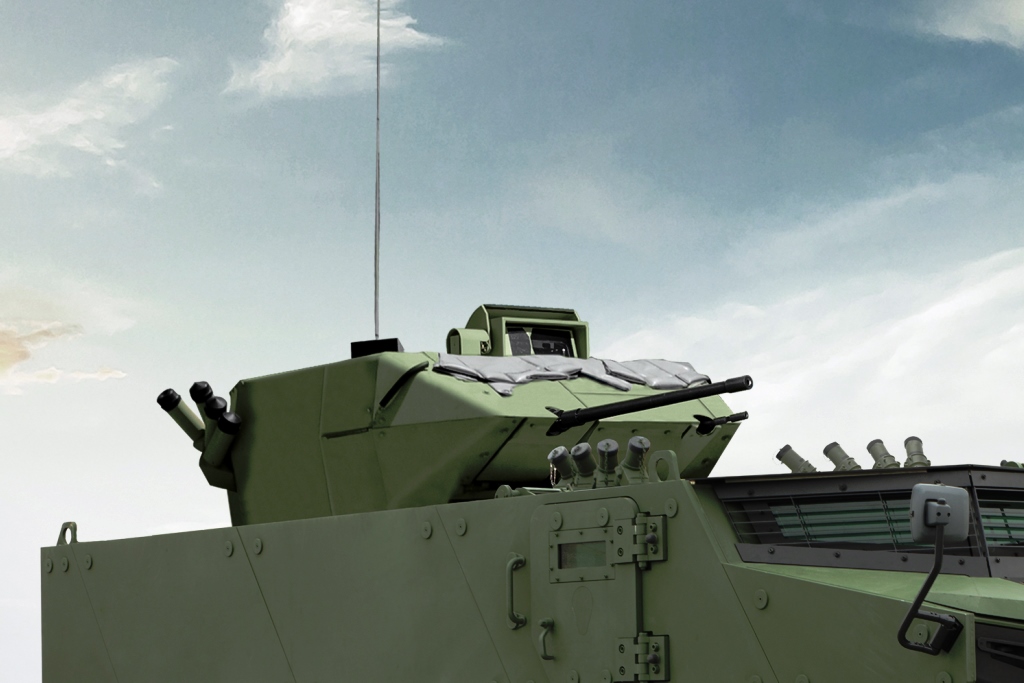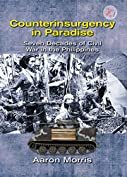Realistically if an army shows interest in a defense system now, it probably takes 5-6 years or longer before anything solid gets decided. So if the PA takes a look at the Typhon now, it will be at least 2030 before they propose the acquisition in the budget.
Provided it can be sold by the US. Maybe Fillipino officials are just stupid or they know the facts but are posturing to make themselves look bigger or it's politics (see my last paragraph)
While MRC (Mid Range Capability) is operationally deployed on the field, it is still a
prototype system. The operational deployment by 1st Multi-Domain Task Force (MDTF) is meant to iron out any technical issues, training, and other logistics.
Beyond the ability to give the Philippines a price tag (acquisition cost and sustainment cost), MCR/Typhon uses the SM-6 and Tomahawk missiles. These are the top end of US guided munitions which are (a) expensive (b) saleable only to a handful of trustworthy foreign clients (Australia, Japan) that can afford it and have sufficient level of expertises to run (e.g access to targeting) and operate. Maybe come 2030, it will be operational, but it remains extremely unrealistic and impractical if they end up with a few firing units and small number of missiles
The only sane reason I can think of is they know the realistic option is for the Philippines to "host" a permanent, forward deployed battery of TYPHON. This removes the cost and operational concerns and it remains a US asset. But for domestic politics, it is undesirable, so this talk about them buying.
Redstone Arsenal, Ala. – The US Army has reassigned primary responsibility of the Mid-Range Capability from the Rapid Capabilities and Critical Technolo...

www.army.mil
The MRC achieved operational capability in 2023 upon completion of system testing, training, and delivery of the missiles. PEO MS will now conduct further prototype fabrication, fielding, future production, and lifecycle sustainment.








